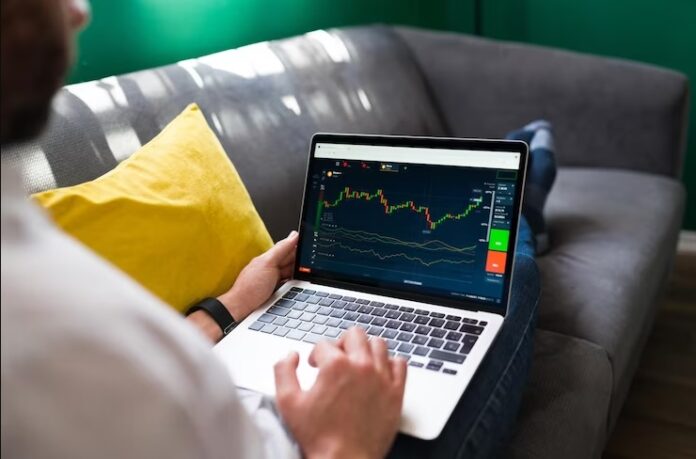Are you intrigued by the world of financial markets and eager to explore new investment opportunities? If so, futures trading online might be an avenue worth considering. Online futures trading is popular with beginners and experts due to its high-profit potential and wide asset selection. This article will provide you with valuable details when you begin trading on the futures market.
What are Futures Markets?
Table of Contents
In futures markets, you can trade contracts for future delivery of commodities, financial instruments, or other assets at predetermined prices and dates.
As a participant, you can speculate on the price movement of these assets without owning them physically. It involves making bets on whether the prices will rise or fall.
These markets provide opportunities for hedging, risk management, and profit-making based on future price predictions, potentially enabling you to capitalize on market fluctuations.
How to Trade in Futures Market
To succeed in the futures market, you must understand the basics and establish a strategy. Here is how you can Trade in the futures market as a beginner:
1. Determine Your Trading Strategy
Put together a trading strategy that takes into account your available time, level of risk tolerance, and trading objectives. Think about if you like day trading (transacting within a single day) or position trading (keeping positions for extended periods of time).
2. Choose a Broker
Select a reputable futures trading platform that provides access to the markets and tools you need. Consider factors such as commission rates, platform usability, customer support, and available research resources.
3. Open a Trading Account
Complete the necessary paperwork and open futures trading account with your chosen broker. You may need to provide identification documents and meet specific financial requirements, such as a minimum account balance.
4. Fund Your Account
Deposit funds into your trading account. The required minimum deposit varies among brokers, so ensure you have sufficient funds to meet margin requirements and cover potential losses.
5. Conduct Market Analysis
Use technical and even fundamental analysis to rectify potential trading opportunities. Even though, Technical analysis generally involves studying charts, patterns, and indicators to predict price movements, while fundamental analysis examines underlying economic and market factors.
6. Place Orders
Once you have identified a trading opportunity, place your orders through your broker’s trading platform, refer here more about it. You can choose between market orders (executed immediately at the best available price) or limit orders (executed at a specific price or better).
7. Monitor Your Trades
Keep a close eye on your positions, regularly monitoring market conditions and news that may affect your trades. Consider setting stop-loss orders to automatically exit positions to limit potential losses if they reach a certain level.
Conclusion
As you conclude your journey into the world of futures trading as a beginner, it’s essential to reflect on the key points discussed.
By understanding the fundamentals of the futures market, including contracts and key players, you have laid a strong foundation for your trading endeavors.
Setting clear goals and implementing risk management strategies will help you stay focused and protect your capital.











